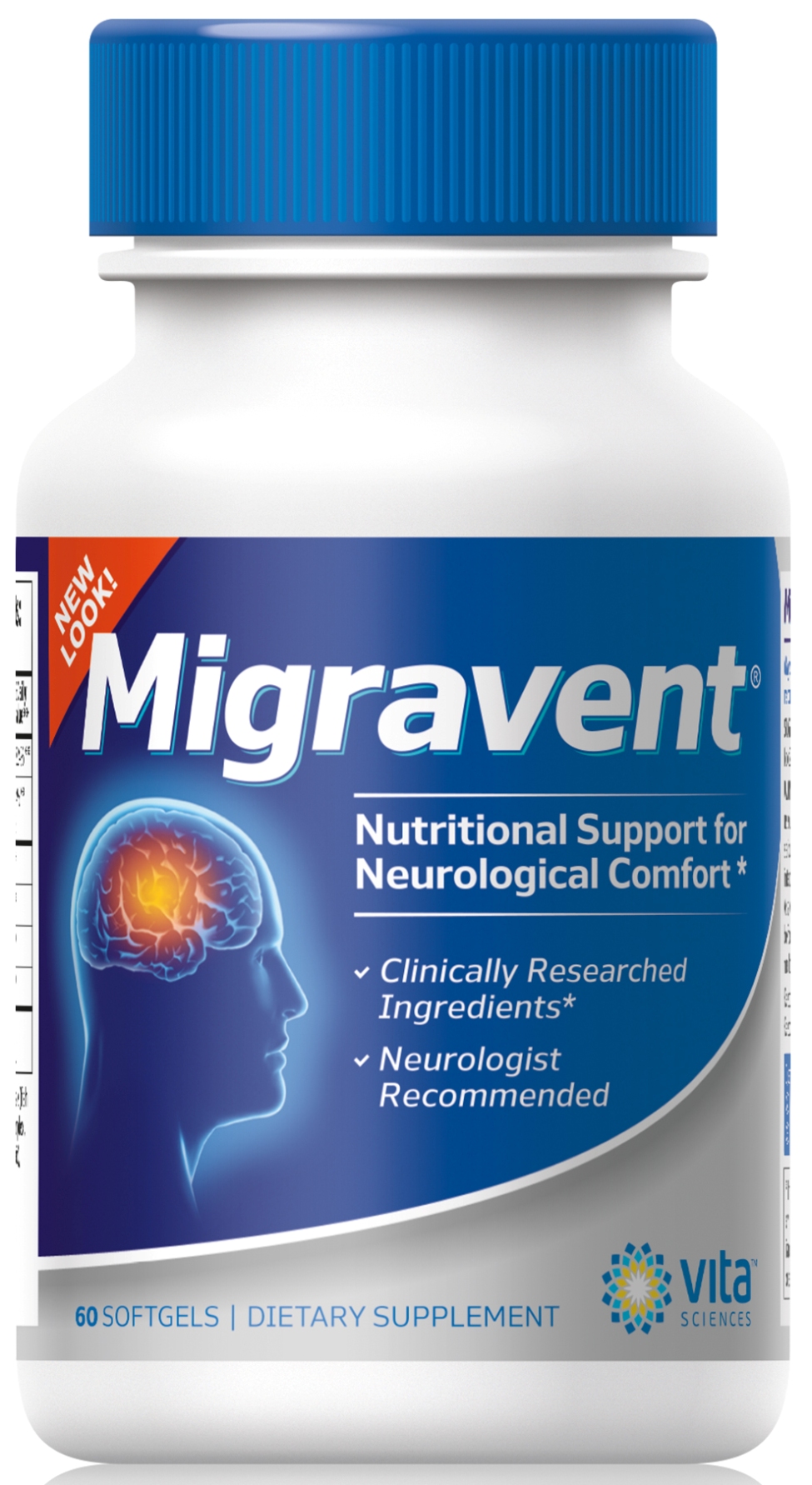Migraine pain affects nearly one million people in the United States every year. Most of these people go to hospital emergency rooms seeking relief. Despite the availability of remedies, drugs, and migraine clinics, severe migraine headaches remain an unresolved medical issue for millions of people.
For most people, trial and error, by using various medications and stress-reduction therapies, is the way they attempt to find relief. For others, however, the very drugs taken to resolve migraine pain can actually create a chronic migraine condition. Those who suffer from a certain type of migraine may thus be at risk for life-threatening cardiovascular disease, according to some studies.
What are migraines?
Everyday headaches such as tension or stress headaches are less severe than migraines. Migraines are far more intense and endure for longer periods of time. Migraines are characterized by moderate to severe pain which can be aggravated by physical activity. It is usually described as a throbbing, thumping or pulsating discomfort. The pain sensation may be increased by activity, coughing, straining or lowering one’s head. As the migraine intensifies, patients will usually need to remain immobile – lying down in a darkened and quiet room.
Migraine symptoms
Dizziness, nausea, and vomiting are common symptoms of migraine episodes. Additionally, sensitivity to light, as well as experiencing neurological effects known as “aura” may precede the migraine – sometime by as much as one hour before the migraine takes effect. Visual symptoms such as flashing lights, bright spots, blind spots, and blurry vision may accompany these effects. Other migraine sufferers may go through a preliminary period in which feelings of elation or intense energy, a craving for sugary foods, intense thirst, sleepiness, grumpiness, or depression will signal that a migraine is on the way.
Migraine triggers
There are a variety of events or stimuli which can trigger a migraine. Stress, tension, anxiety, and lack of sleep, or not eating enough food are all triggers for migraines. There are also several specific food products such as chocolate, aged cheeses, wine, beer, caffeine, and monosodium glutamate (MSG) which can bring on migraines. Intense sensory stimuli such as bright lights, loud noise, cigarette smoke, and strong odors may also aggravate migraines in some individuals.
The signs and symptoms of migraine headaches are often incapacitating and individuals generally feel weakened, tired and quite often nauseated after the migraine headache has gone away.
Help for migraines
Migraines are commonly treated with painkillers, anti-inflammatories, or anti-nausea medications. For the most part, these medicines provide symptomatic relief. Other treatments include use of herbs, acupressure, hydrotherapy, and aromatherapy.
One herb that appears to be helpful with a lot of recent success in blind trials is butterbur extract. Used medicinally since the middle ages, butterbur extract can be taken daily without causing side effects. Clinical studies from Germany have positively confirmed that butterbur has long-term beneficial effects for migraine sufferers. It is thought to have both antispasmodic effects and anti-inflammatory properties. Unfortunately, many people are unaware of this particular herbal extract, which has been shown to aid migraine patients tremendously.
Your turn!
Do you have any questions or suggestions? Please leave your comments below.
Share with your friends!
If you found this article helpful, then please share with your friends, family, and coworkers by email, twitter, or Facebook.
Like this? Read more:
Introducing Natural Ingredients for Migraines- Tips for Success
Complementary and Alternative Medicine (CAM) for Chronic Pain



